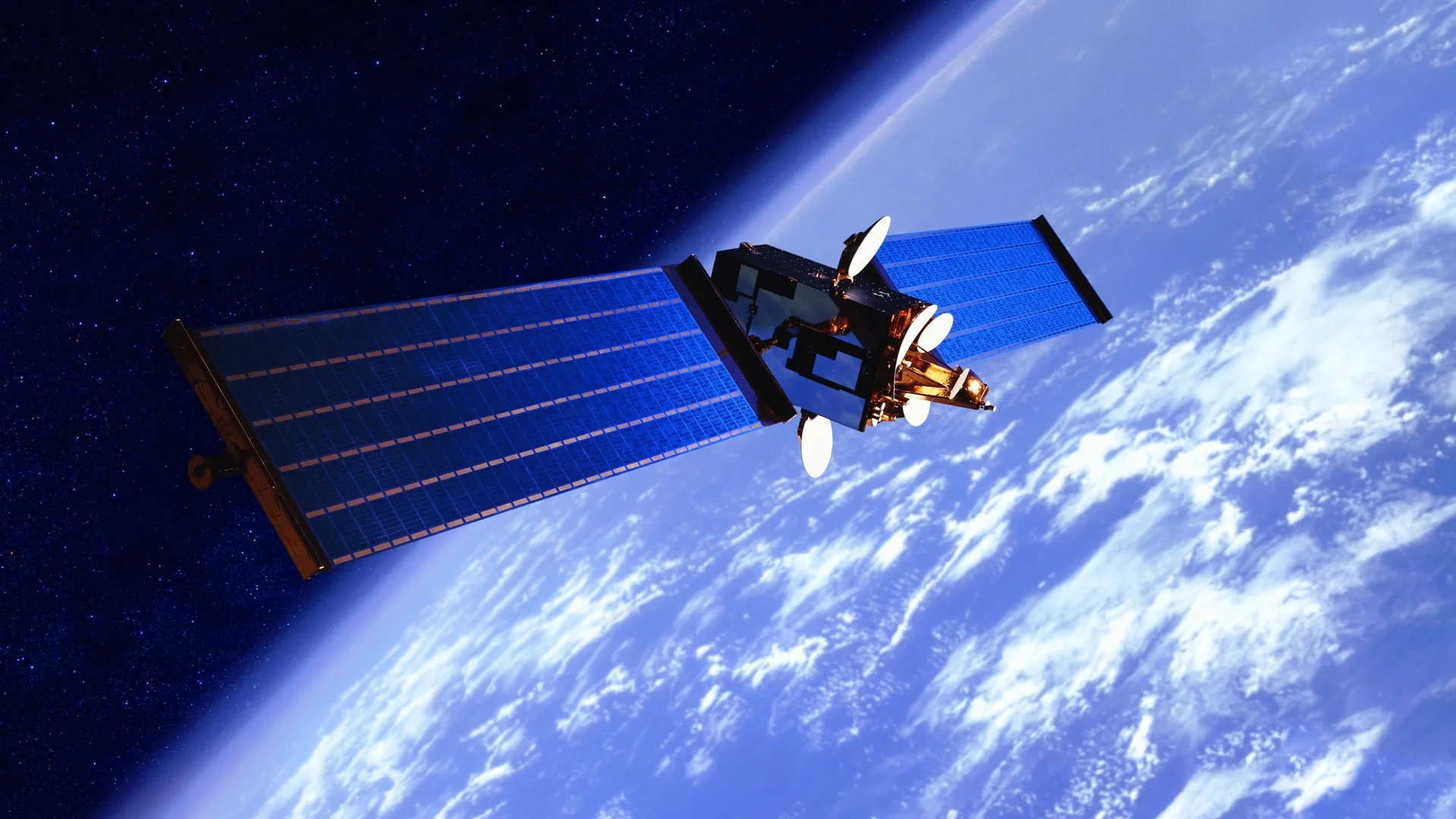According to PCMag, a satellite of Intelsat company that provides communications services unexpectedly malfunctioned and disintegrated. Experts suggest this may have happened due to collision with space debris from other satellites or engine explosion. According to the company itself, which provides Internet connectivity to government agencies, telecommunications firms and media companies, there was an “anomaly” with its Intelsat 33e geostationary satellite.
At the time, Intelsat only briefly reported that the satellite had lost power, causing an interruption in service. However, the US Air Force noted the appearance of debris near the satellite. “We are currently tracking nearly 20 wrecks, situation analysis continues. “, – says the message of the US Space Force satellite tracking unit on X (Twitter).
Astronomer and satellite tracking expert Jonathan McDowell (Jonathan McDowell) has suggested that although the cause of the destruction of Intelsat 33e remains unclear, there is a possibility that the satellite collided with existing space debris, leading to its destruction. According to him, another possible cause could be the explosion of one of the components of the device.
Intelsat 33e was in orbit at an altitude of approximately 35,000 kilometers above Earth. Currently, the debris does not pose an immediate threat, but in the long run it could become a source of danger. According to McDowell’s calculations, 16 similar cases have already occurred at such a high altitude in geostationary orbit. In this context he states: “I think the combination of all these debris events in geostationary orbit is starting to raise concerns about the risk of even small particles hitting other satellites, but I don’t have a quantitative estimate “.
Intelsat has yet to make an official comment on what’s going on. However, the company’s first statement said: “It is working closely with the satellite’s manufacturer, Boeing, to resolve the issue. “. As a reminder, Intelsat 33e was launched in 2016 and began providing telecommunications services to customers in Europe, Africa and parts of the Asia-Pacific region in 2017.













